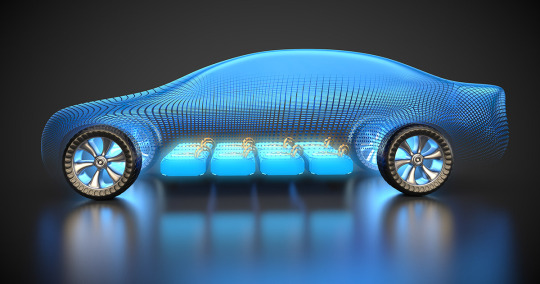#electrificación
Batteries have an important role as energy sources with environmental advantages. They offset the negative environmental impacts of fossil fuels or nuclear-based power; they are also recyclable. These attributes have led to increasing research with the aim of improving battery design and environmental impact, particularly regarding their end of life. In addition, there is a desire to improve battery safety as well as design batteries from more sustainable and less toxic materials.

Electric Vehicle
New research shows that aluminium battery could offer several advantages:
Aluminium metal anode batteries could hold promise as an environmentally friendly and sustainable replacement for the current lithium battery technology. Among aluminium’s benefits are its abundance, it is the third most plentiful element the Earth’s crust.
To date aluminium anode batteries have not moved into commercial use, mainly because using graphite as a cathode leads to a battery with an energy content which is too low to be useful.
This is promising for future research and development of aluminium as well as other metal-organic batteries.

Battery Charging
New UK battery project is said to be vital for balancing the country’s electricity demand
Work has begun on what is said to be Europe’s biggest battery. The 100MW Minety power storage project, which is being built in southwest England, UK, will comprise two 50MW battery storage systems. The project is backed by China Huaneng Group and Chinese sovereign wealth fund CNIC.
Shell Energy Europe Limited (SEEL) has agreed a multi-year power offtake agreement which will enable the oil and gas major, along with its recently acquired subsidiary Limejump, to optimise the use of renewable power in the area.

Renewable power
In a statement David Wells, Vice President of SEEL said ‘Projects like this will be vital for balancing the UK’s electricity demand and supply as wind and solar power play bigger roles in powering our lives.

Battery
The major hurdles for battery design, states the EU’s document, include finding suitable materials for electrodes and electrolytes that will work well together, not compromise battery design, and meet the sustainability criteria now required. The process is trial and error, but progress is being made.
For more information, click here.
Reference:
